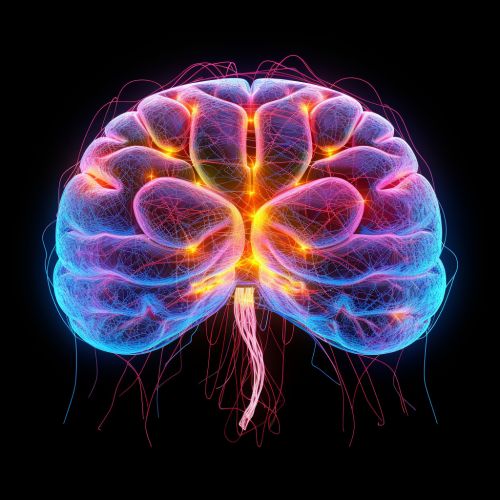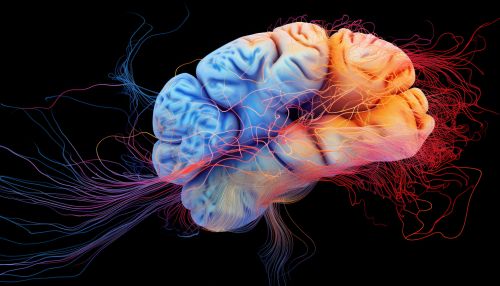Cognitive Mechanisms of Altruistic Behavior
Introduction
Altruistic behavior is a topic of interest in various fields such as psychology, sociology, and evolutionary biology. It refers to actions that benefit others, often at a cost to oneself. The cognitive mechanisms underlying such behavior are complex and multifaceted, involving various mental processes and brain structures. This article will delve into these mechanisms, providing an in-depth understanding of how and why altruistic behavior occurs.


Cognitive Processes Involved in Altruistic Behavior
Altruistic behavior is not a simple, singular action, but rather a series of cognitive processes that lead to the decision to act in a way that benefits others. These processes include empathy, theory of mind, moral reasoning, and decision making.
Empathy
Empathy, the ability to understand and share the feelings of others, is a fundamental cognitive process involved in altruistic behavior. It allows individuals to perceive the needs and distress of others, which can motivate altruistic actions. Empathy involves both affective and cognitive components, with the former relating to the emotional response to another's distress, and the latter to the understanding of another's perspective.
Theory of Mind
Theory of mind, the ability to attribute mental states to oneself and others, is another crucial cognitive process in altruistic behavior. It allows individuals to predict and understand others' behaviors, which is essential for determining when altruistic actions may be needed or appreciated.
Moral Reasoning
Moral reasoning, the process of determining right and wrong in a given situation, plays a significant role in altruistic behavior. It involves evaluating the potential benefits and costs of an action for oneself and others, and deciding whether the action is morally justified.
Decision Making
Finally, decision making is the cognitive process that brings together empathy, theory of mind, and moral reasoning to decide on an altruistic action. It involves weighing the potential benefits and costs of the action, taking into account one's moral values and the perceived needs and feelings of others.
Neural Correlates of Altruistic Behavior
Research in neuroscience has identified several brain regions and networks associated with the cognitive processes involved in altruistic behavior. These include the prefrontal cortex, amygdala, anterior cingulate cortex, and ventral striatum.
Prefrontal Cortex
The prefrontal cortex, particularly the ventromedial and dorsolateral regions, plays a crucial role in decision making and moral reasoning. It is involved in evaluating the potential benefits and costs of an action, and in integrating this information with moral values to make a decision.
Amygdala
The amygdala is associated with empathy, particularly the affective component. It is involved in processing emotional information and generating emotional responses, which can motivate altruistic actions.
Anterior Cingulate Cortex
The anterior cingulate cortex is involved in empathy and decision making. It is thought to play a role in detecting conflicts between one's own interests and those of others, and in motivating behavior to resolve these conflicts.
Ventral Striatum
The ventral striatum, part of the reward system in the brain, is associated with the pleasure or satisfaction derived from altruistic actions. It is thought to reinforce such behavior by providing a sense of reward.
Conclusion
Understanding the cognitive mechanisms of altruistic behavior provides valuable insights into human nature and social behavior. It sheds light on how individuals perceive the needs and feelings of others, make moral judgments, and decide to act in ways that benefit others. This knowledge has implications for various fields, including psychology, neuroscience, and social sciences, and can inform interventions aimed at promoting altruistic behavior.
